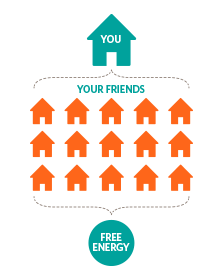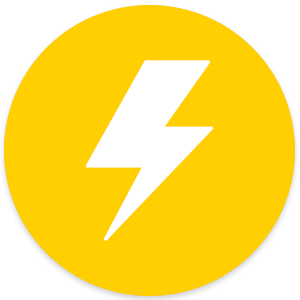Condensate and Feedwater
The steam leaving the turbine passes through the condensers installed below the lower turbines, which cool the steam and turn it into liquid (condensate). Next, the condensate is passed through a reheater that raises its temperature to remove steam from the various turbine stages. The feedwater from the feedwater heaters enters the pressure vessel through the nozzles in the vessel above the nuclear fuel assembly that forms the main reactor Amigo Energy Reviews , and below the water level.
Feed water enters the drop zone or annular zone and is combined with water, leaving the water separator. This feed water helps keep the overflow water flowing out of the water dispenser down. The water passes through the jet pump or the internal recirculation pump which provides additional pump power. The water rotates 180 degrees and rises in the nuclear air heated by the fuel. As a result, the water leaving the fuel channel is filled with vapor by almost 15%.
Main reactor
A modern liquid fuel assembly consists of 74 to 100 fuel rods. There are nearly 800 assemblies in the reactor area, containing up to 140 short tons of low-level uranium. The amount of fuel in each reactor varies depending on the concept of power output required, core size, and reactor power density.
Steam turbine
The steam produced in the reactor core is moved through steam separators and cleaning plates in the core and is directed directly to the turbine as part of the reactor circuit. As the water around the reactor core is constantly polluted by fragments of radionuclides due to the capture of neutrons by the water, the turbine must be protected during normal operation and radioprotection must be provided during maintenance.
Fuel system
Fuel rods are sometimes replaced by chernobyl pressure vessels and spent fuel pools. Almost one-third of fuel assemblies are replaced during fuel outages.
Management system
Reactor power
Two systems control the power of the reactor: positioning the control rod, including the insertion or withdrawal, and regulating the flow of water into the reactor core.
Maintaining the control panel
The placement of control rods is a common way to control the power during the start-up of a boiling water reactor. When the control rod is removed, the neutron concentration decreases in the control element and increases in the fuel, thus increasing the reactor power. By adding a control rod, the neutron concentration decreases in the fuel and increases in the control element. As a result, the power of the reactor is reduced. The water heater’s control panel is routed from below to provide a more efficient distribution. At the surface, the density of water is low due to the formation of steam. This makes the number of neutrons less effective and the risk of a fission event lower.
Changing the water system
Typically, the control rod is used only to provide even power transmission and compensate for fuel consumption. Therefore, the power is controlled by the water flow during normal operation. Increasing or decreasing the flow of water into the core is a commonly used method to control power from 30% to 100% of reactor power.
Reactor pressure

Reactor pressure in a steam boiler is controlled by a turbine or steam control valve. In a working water turbine, the steam demand of the turbine is determined by the hands of the workers. But in a water-boiling reactor, the turbine valves are adjusted to keep the reactor pressure constant. With this control system, the turbine automatically follows the power changes of the reactor.
Water level
The main feed water system controls the reactor water level. From about 0.5% to 100% capacity, the feed water automatically controls the water level in the reactor. Using water injection and steam flow rates, feed water control systems can anticipate rapid water level changes and react to maintain water levels within 8 inches of a set point.

